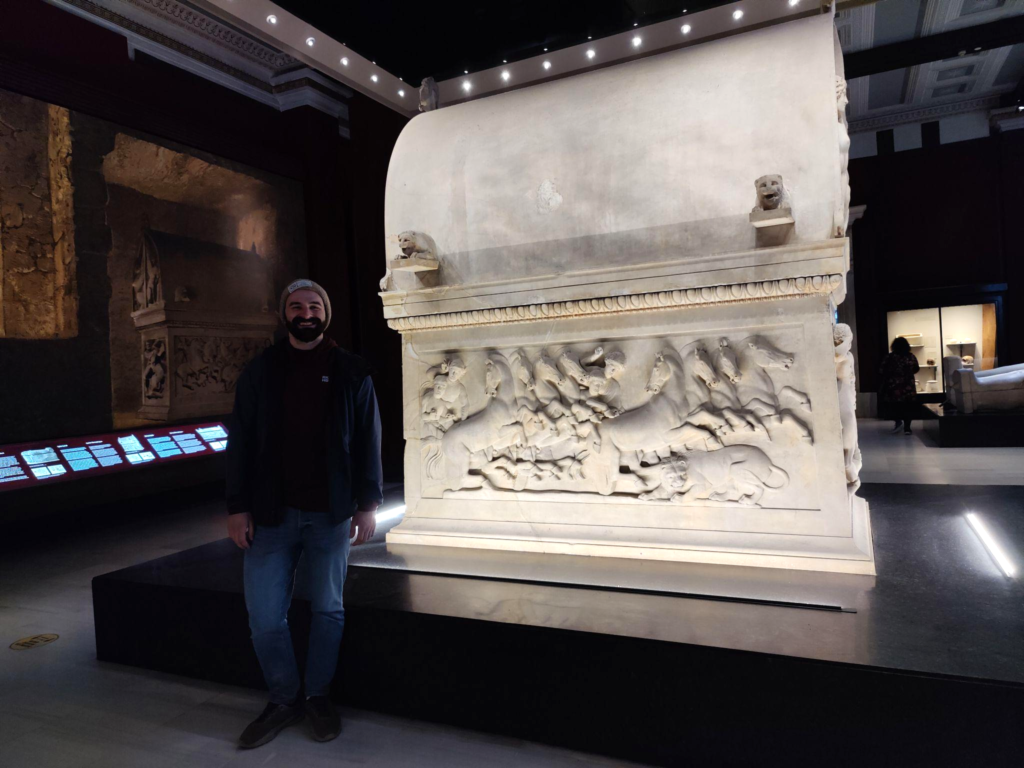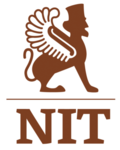by John Turco

My time at the NIT was truly a remarkable experience. As one of the 2024 fellows, I was able to spend 1 month voraciously reading through the libraries of the NIT and ANAMED and exploring the beautiful and vibrant city of Istanbul. Within this vivid academic community I had nearly endless opportunities to learn. I learned about archaeology, yes, but also about the art, politics, and history of Turkey. I encountered a diverse array of scholars, some studying religion in modern Turkish television and others studying the archaeology of Anatolian prehistory. This interdisciplinarity was not only inspiring, but also fostered a continual curiosity about the people and research that took place around me.
During my stay I was able to work extensively on my PhD research. The quiet environment of the library offered an ideal place to finish a chapter. Following the completion of my writing, I utilized the collections at the NIT and ANAMED to finalize the dataset for my Anatolian material. My PhD research revolves around the analysis of preserved funerary contexts from the Roman period (1st century BCE to 4th century CE) in order to reconstruct ritual sequences and practices. It analyzes grave good assemblages and their spatial relationships, bodily treatment, as well as evidence for commemorative practices that take place around the tomb in an effort to view what rituals were practiced in the necropoleis of my two case studies of Pisidia and Lebanon. While at the NIT, I collated the tomb data from two major sites, Sagalassos and Kibyra, and began structuring the database that I will use for analysis in future chapters. The libraries also contained valuable comparative material that bolstered my knowledge of the surrounding regions and their funerary practices. It is not simply the books that made my experience special, it was also the people. I was able to have enlightening conversations with scholars about funerary material in Anatolia and receive invaluable recommendations for articles and sites to consider in my research.
In addition to writing and data collection, I was able to visit many museums and archaeological sites in Istanbul and beyond. The freedom of this fellowship allows you to really use the time how you see fit. Weekends were spent going in and out of museums and historic places and buildings of Istanbul, some archaeological, others ethnographic. I was able to travel to Izmir and see the sites and museums of Sardis and Ephesus. As an archaeologist of the Roman period these exceptional sites provided valuable insight into life and urban landscapes in Antiquity while their museums showcased grave assemblages which constitute essential context for my own work.
And last but certainly not least, I’d like to extend my sincerest thanks to Fokke and Aysel for their support and organizational roles in making this fellowship possible.
